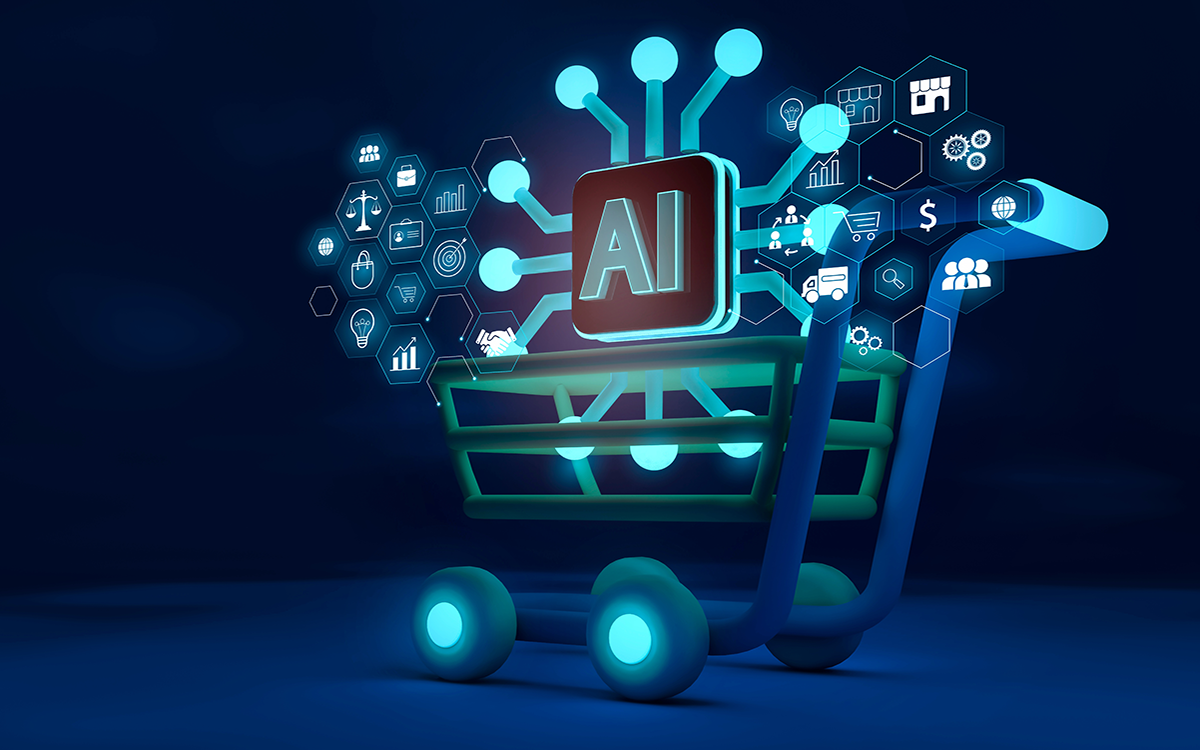
At a time when adaptability and reduced time to market are so key for survival and success, accelerating the release of innovative products and services is rightly ‘front-of-mind’ for most business and technology leaders right now.
This is certainly true for the many organisations we’ve helped through the uncertainty and complexity of the last 18 months. And even more so with our latest innovation project, which aims to support the ongoing fight against COVID-19 itself through cloud-native development and AI-driven data processing.
I would like to share some successes and learnings from this, which I hope can help you in making your own product/service development move faster… but first, a snapshot of the project:
Working together with the Joint Biosecurity Center and the Alan Turing Institute, we developed a cloud-native ‘cough recognition’ application for DHSCS, capable of detecting the early signs of COVID-19. The aim is to protect people, reduce strain on local health services and slow the spread of the virus as it evolves.
Our prototype uses voice data and artificial intelligence to let people know if they require a coronavirus test, and from a much earlier stage. The app is quickly and easily accessible through any mobile device, with results delivered based on vocal collections and algorithms. It’s already shown great potential for helping people stay ahead of the COVID-curve and be more proactive.
So what can you learn from our project?
Lesson 1: Collaboration is key in a cloud-native world
Although businesses have been transitioning towards cloud solutions for nearly 20 years now, the global pandemic has clearly accelerated the need for more scalable and flexible approaches that take full advantage of the cloud’s model, combined with the power of data.
Accelerating cloud-native development, in particular, has really taken off as organisations have looked to respond to shifting markets and the demands of customers at a greater speed than ever before… all whilst trying to maintain the stability and security needed to avoid putting day-to-day operations and services at risk.
This scenario was the exact driver for our recent innovation project. Fujitsu was approached by a UK central government department that required scalable distributed data capture services at rapid speed, but with the confidence that their usual data safety and compliance would always be maintained to the highest levels.
The transformation of our existing Smartforms solution to a fully cloud-native application was the answer – underpinned by Novo, our innovation builder service. This would ensure the scalability needed to meet high peaks in service demand and, with secure Infrastructure As Code deployable in just 24 hours, dramatically improve speed to market and allow for continuous improvement.
No other vendor on the UK government’s Digital Marketplace framework could match this concept – but it was open collaboration between teams that was key to achieving success in practice.
Drawing on our co-creation ethos and working in a partner ecosystem approach enabled us to deliver maximum end-user value in the fastest possible time. Our customer and their agents even became part of the development team and were involved in every step of the solution build and roll-out.
Over and above this, like all effective innovation projects, a clear vision and set of guiding principles were crucial. The overall end-goal of enhancing public safety was ‘front and centre’ of all project team members’ minds throughout as they worked in the Fujitsu Way; embracing values of trust and empathy.
Lesson 2: Successful DevSecOps demands a different mindset
With many long-established organisations, open collaboration requires a culture and mindset shift to break through intra-organisational silos and the usual red-tape that slows ideation and development down.
This is especially prevalent when innovating with more than one partner in the ecosystem model I mentioned earlier – and even more so when working in the midst of a global pandemic, which of course, took over almost every aspect of people’s lives. With ten nationalities and five suppliers in the team – each with different working cultures, time zones, local COVID restrictions and often testing personal circumstances – maximising the potential of cloud-native and DevSecOps approaches meant embracing new levels of flexibility, autonomy and transparency as a group.
With this in mind, the team quickly adopted a culture and ways of working that not only allowed them to combat the challenge of working across geographical boundaries and time zones whilst COVID was prevailing, but that also realised multiple benefits through a set of new working practices. These included:
- Precision and quality through language equivalence – language barriers were mitigated by giving non-native English speakers complete equivalence, through collaboration tools that allow inputs to be communicated at the pace and comfort of those who are not always confident in the lingua franca. No miscommunication resulted in fewer errors and a faster build.
- Agile improvements through an “anyone can be a committer” (ACBAC) model – this is one of the biggest benefits of a DevOps approach. In the case of our project, any suggestions made before or during the migration of the application to the cloud native delivery model helped to grow and maintain its health and continuous evolution. While technical users created and committed code, standard users or ‘non-technical’ team members, had the freedom and authority to suggest improvements to its functionality in real-time, via channels such as Slack.
These bring me nicely onto my last insight…
Lesson 3: Cross-functional contributions: Diversity drives greater value
Cross-functional squads are the heartbeat of any successful agile development project… but there are certain steps teams can take to ensure they get the best out of diverse minds and skillsets for the benefit of the end-user.
Based on our project, one of the areas I recommend focussing on is documentation – as it’s such a key component to plan, manage and track all work streams. In the agile development world, multi-disciplined teams and a DevOps culture make this need even more demanding, particularly as service continuity and transparency must be carefully managed whilst change is in-flight. We used Azure Wiki as the central documentation store for all teams and their sub-projects, which made it easy for everyone to contribute using the new Fujitsu EWOW (Evolving Ways of Working) set of practices.
Giving non-technical team members the easy-to-use tools for contributing to projects is also vital, in order to make the ‘ACBAC’ model I mentioned, work. We used Markdown to allow our non-techies to bring their great ideas to the table. It’s a lightweight mark-up language that allowed them to provide their input to the Wiki quickly and easily, by creating and adding formatted text (using a plain text editor)… no coding skills needed. This modern approach meant that project and product managers could add value to the fast-evolving documentation, as the team welcomed the web-based (and easily updated) agile documents that are now the new norm.
These new practices improved the collaboration between team members and at the same time allowed to realise numerous business values. For example, thanks to the enhanced communication channels, the velocity of app changes improved, and the ability to raise ideas, freely, meant that improvements and changes could be implemented at greater speed. This, in turn, translated to reduced cost and improved time to value.
Can we help guide you?
Just a few months later, we can proudly say that our UK government client really benefits from us auto-delivering our services anywhere – and frequently enhancing them in a true DevSecOps fashion. This achievement really exemplifies what our agile development teams can do – and how our Novo innovation service accelerates value for customers.
In the example I’ve shared, we assembled many moving agile parts to construct a game-changing application for protecting the public. It shows that whatever outcome you’re trying to achieve, from efficiencies to better experiences – and whatever development challenges you’re trying to overcome, from removing constraints to simplifying management – we can find and implement a solution for it.
Think of us as your trusted Digital Sherpa – with the application partnerships, experience and expertise to guide you, quickly and safely, to the summit of your next DevOps innovation project.
Get in touch with us to start your ascent.












